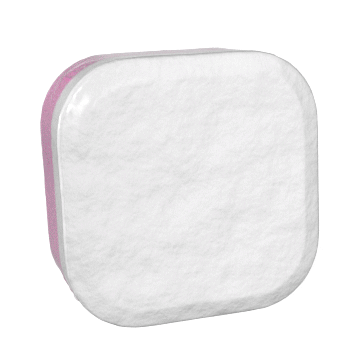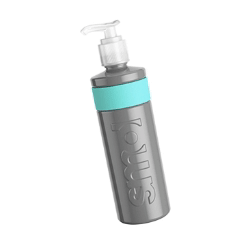
Energy costs are only moving in one direction for the foreseeable future and with a new price rise (October 2022) of 21% taking the average price of electricity to 34p per kWh for most households in the UK… the impact on our bills is pretty stark.
Washing machines, dishwashers and tumble dryers account for around 20% of a typical household energy bill - so your laundry and dishwashing is one area where there are definite savings to be made.
The electricity needed to heat up these appliances (or the water they use) is the main reason they are such energy-guzzlers... so here's the low down how to cut costs:
Your tumble... 
Well, that really devours electricity in order to generate all that heat. According to the Energy Saving Trust, the average tumble dryer uses roughly 4.5 kWh per cycle. At the average price of 34p per kWh that’s a princely £1.53 each time you run your tumble dryer.
Your washing machine

On average, a 6 litre washing machine uses around 1kWh for an hour’s wash. So with a rate of 34p per kWh, that's a straightforward 34p of energy used each time you run an hour-long cycle.
And the dishwasher

The average dishwasher uses 1.1 kWh per wash which means each cycle run should use around 37.4p of electricity per load (again assuming the kWh price is 34p).
Of course having a good A rated efficient machine will help across all of these categories but there ARE steps we can take to lower the amount of power these machines use and also the cost of the power itself. In fact one of the quickest ways to make a difference is simply to check the clock!
A time to save.
Take a look at your electricity bill or meter reading and look out for two dials – one for peak and one for off-peak. If you have these then you can benefit from using electricity at cheaper ‘off peak’ times. You can also contact your provider if you are unsure if you have an off-peak tariff.
Having an Economy 7 or Economy 10 tariff means if we can avoid running our machines at certain times of the day we can actually make a difference to the price we pay for our power.
The most expensive time for you to use electricity on these tariffs is between 4pm and 7pm, so by NOT doing our laundry or running our dishwasher during these hours, we will no longer be buying our electricity when it is at its most costly.
Energy prices are actually at their lowest between 10pm and 5am making this the cheapest time for us to buy. HOWEVER, it’s never recommended to run a machine while you are asleep in bed due to the potential fire hazards… but if you’re up late or an early riser then this is a great way to lower bills.
And how about some extra cost-cutting tips to throw into the mix?
Keep your cool.
Switching from only doing hot washes for example (60°C) to warm washes 40°C would see you instantly cut your energy needs in half. That’s an impressive saving. But as more and more machines nowadays include laundry cycles as cold as 15° or 20°C it’s worth noting that washing at 20°C compared to 40°C can reduce energy costs by a further 66%.
The right amount.
Remember that a full load will save you money. Those half loads use pretty much the same amount of water and energy as a full load so you’re wasting power and not getting full value from the wash. If there’s a hand span’s width between the top of your laundry pile and the top inside of the drum then you’re good to go!
Just hang out

Using a tumble dryer is going to significantly increase the cost of doing your laundry (it’s one of the most expensive household appliances to run) so hang your clothes to dry (inside or outside) as much as you can. If the weather is bad, consider a cover for your rotary line dryer to allow you to dry outside even in the rain. Or if you prefer to line dry inside, position your airer near to a radiator, or use a tower fan to blow cold air onto the clothes (running costs approx 2p per hour).
And if you’re tempted by a heated clothes airer - check the wattage to work out its running cost. A 300 watt airer will use 0.3kWh of power costing you 10.2p per hour of use. If you own a more powerful 1000 watt airer this cost rises to 34p per hour of use.







